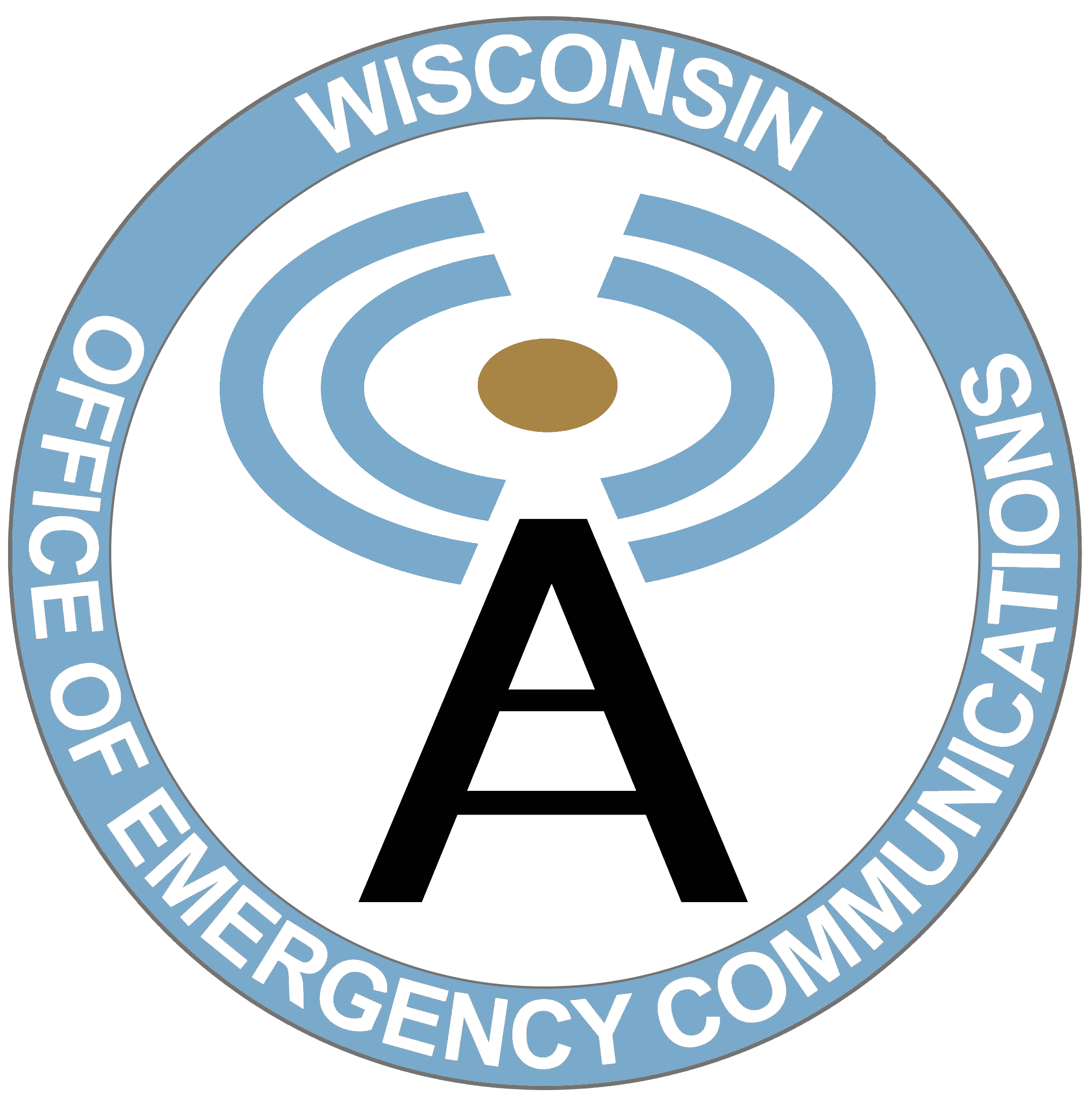Interested in joining WISCOM or learning more about it? Please send an email to Interop@widma.gov with some basic information about your agency needs to get the conversation started.
*Having mission critical technical problems with WISCOM? Please contact WISCOM Technical Support at 608-2WISCOM (608-294-7266) or submit a ticket via the WISCOM on call Ticketing System (WOCTS).
Responsibilities for maintaining and administering the Wisconsin Interoperable System for Communications (WISCOM) are shared between the Department of Military Affairs – Office of Emergency Communications, and the Department of Transportation – Bureau of Network Engineering and Data Infrastructure.
WISCOM is a shared statewide, interoperable, land mobile radio public safety communications system. Local, county, tribal, state, and federal first responders/public safety officials as well as private EMS organizations across the state may use WISCOM to communicate for their daily mission, during a major disaster, or a large-scale incident or planned event. While home rule in Wisconsin allows for local control of communications networks, WISCOM allows for connectivity of those networks to WISCOM and also provides an option for statewide interoperability. The final result is an in-depth communications network that can support local needs, major disasters, or large-scale incidents and events.
WISCOM is a VHF (Very High Frequency) digital trunked P25, radio system compromised of 140 sites ( WISCOM Site Map). It currently supports over 44,000 radios providing mission critical communications to over 900 local, county, tribal, state, and federal public safety agencies, and private EMS organizations statewide. The network was designed to support 95% mobile coverage to its users across the state, but if desired, agencies who join can enhance the portable coverage with additional sites in their area.
At its inception, and to date, WISCOM has leveraged existing radio towers and infrastructure to reduce costs and avoid usage fees for most users. The system does not use proprietary technology, and works with the wide variety of local systems currently operating in the state. It also shares a statewide infrastructure that results in long-term cost-savings for everyone. As communities replace their aging local systems, they are able to leverage the State of Wisconsin Department of Transportation backbone network, sharing infrastructure costs and avoiding costly duplication of equipment.
Do I have to buy a new radio to join WISCOM ?
Possibly, your radio must be on the list of WISCOM Certified subscriber units in order to be eligible to be used on the WISCOM system. WISCOM Technicians perform rigorous testing before certifying radios to ensure that the radio will perform properly on the system.
Guidelines for Radios to be Used on the WISCOM System Coming Soon!
Guidelines for new radio purchases
New radios purchased with grant funds must meet the following grant standards. Note that some WISCOM eligible models (listed above) do not meet all of the grant standards requirements:
Recommendations for new Radios
Recommendations for new radio purchases, based on experience and technical experience:
WISCOM Policy Quick Links
WISCOM Quick Links
Interested in joining WISCOM or learning more about it? Please send an email to Interop@widma.gov with some basic information about your agency needs to get the conversation started.ISCOM system key and programming information is available. Please send an email to interop@widma.gov for more information.
*Having mission critical technical problems with WISCOM? Please contact WISCOM Technical Support at 608-2WISCOM (608-294-7266) or submit a ticket via the WISCOM on call Ticketing System (WOCTS).
